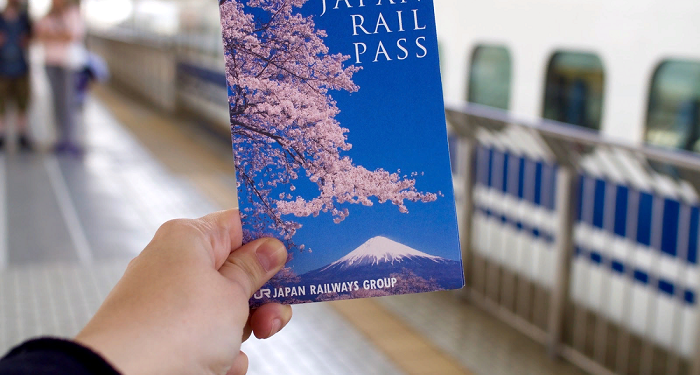The main mode of transport in Japan is railways. There are few parking lots in the country, a lot of toll roads and left-hand traffic. All tourists travel by train.
There are many different railway companies in the country, the largest one is called Japan Railways. The fare is not cheap. A ticket for the Shinkansen high-speed train from Tokyo to Kyoto costs 13,910 JPY one way.
To save money, you need a JR Pass. It was invented in Japan specifically for foreign tourists. “JR-pass” allows for a certain time (usually a week or two) unlimited travel on all routes of the carrier “Japan-railway”. These are high-speed shinkansen trains, and some express trains between cities, and commuter trains to Nikko, Naru, Arashiyama and other attractions in the vicinity of the main cities.
“JR pass” is expensive. You need to buy such a travel card in advance. In Japan, it will no longer be possible to do this. I ordered it on the website japan-rail-pass.com two months before the trip. After payment, you will be sent a voucher, already in Japan this voucher will need to be “activated” — exchanged for a “JR pass”.
Frequent questions about JR Pass and Japanese railways at the Vinsky Forum
“JR Pass” is a personal document. When activated, your name, surname and passport details will be written on it. In Tokyo, at the Shinjuku station, we went to the information desk of the Japan Railway. They showed us the rules for using the travel card and clarified several times whether we really want to activate it from today. Then I had to fill out a short questionnaire. In exchange for vouchers, we were given beautiful travel cards with our passport details on the reverse side.
When we first passed through the control with the “JR pass”, we put seals on the travel card. Then we just had to show it to an employee at the station every time we passed through the turnstiles.
















